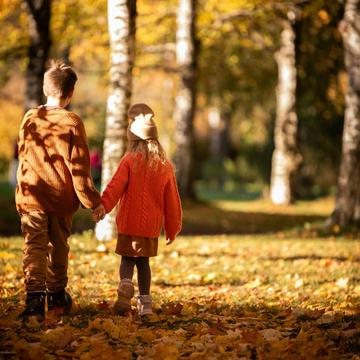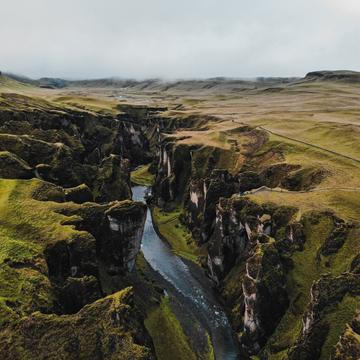- Photo PrintsNew!
- Photo Magnets
- Photo Books
- Wall ArtNew!
- Calendars
- Accessories
- Occasions
- Gift ideasNew!
- Magazine

Analogue cameras are usually heavy, with one prime lens only; films that you need to use are quite expensive and you can never be sure if you are going to get good (if some) result. On the other hand, thanks to analog photography you will gain patience and original photos connected with strong emotions.
What more? If you are into things like slow fashion, slow TV or slow food, you're gonna love analog cameras and photography too!
My favourite analogue camera, Flexaret (czech brand of photo maschines manufactured between 1939 and 1970), has weight about 2 kilos (plus exposure meter and few film rolls) so sometimes I feel more like camera carrier than photographer. This is part of the "religion", so be prepared for it. But what I love about analogs is that at the end of the proces (which I´ll describe you later) you are gonna to be rewarded with beautiful (in my case) 12 black and white photographs of square format 2.4x2.4″ (6x6 cm) on a film roll.


It is necessary to have an analog camera, exposure meter (or application in the phone), analogue film suitable for your type of camera (35mm or roll film), patience and time. It´s an excellent training for indecisive people because you have limited number of film shots (35mm usually contains 36 photos, but it can also have 12 or 24; film rolls has usually 12). You have to think more about capturing things that with digital camera. Think about colours (or contrasts on B&W photograph), composition, angle and so one. I think that it is nearly unbelievable that many famous photographers worked only with analogue cameras and their shots are so perfect (even today).


I received Flexaret VI from my father and I felt in love with it immediately - I was walking through the woods, through the foreign lands and also around Prague looking around myself, searching for the perfect shot. How unusual level of concentration! This state of mind also helps you to see your city / village / neighbourhood in a new, more detailed way. And my tip? Don´t forget to look upwards, we usualy concentrate ourselves on the first level of buildings, but those interesting thing are typically at the level of second floor or even higher.
When you feel that this is the moment, you found something special what deserves to be captured then insert the film into the camera (you can also do it at home in advance) and try how the motif looks through the lens. If everything is ok you can measure the level of light with an exposure meter (dont forget to set ISO of your film) and choose the propper combination of exposure time and aperture. The last step of capturing the photo consist breathing in, holding the breath and pressing the shutter release (with a rising wave of adrenaline).


Now comes the strange part - you have to wait for the photo, sometimes a long time. Before you can see this one, you need to finish the whole film and develope it (at home or you can bring it to photo lab). After that procedure you´ll get your photos visible on the film and you´ll never forget that moment full of awaiting, emotions, excitement or also disappointment if something went wrong. Get known your photos and give yourself time to get used to your camera and everything will be better and better - analog photo is highly addictive.
After developing photos you´ll get negatives that are prone to scratches and other damages, so I´m doing their digital copies (as backup) and I can highly recomend it. You can ask for it at Digi of Photo lab or DIY with special scanner with light at both sides of the maschine (for ex. Epson Perfection v550 which I have).
To get photo on paper you can use either direct (wet) enlargement from film, using chemistry and photosensitive paper, or you can print out digital versions (as said before). Printing digitals has one big advantage - you can change them in PC (retouch, crop, change expositions, ...). You can not do those things (except of cropping) so easily using the wet way.


You can have magnets, posters, photo books or wall art prints with it! But the most popular is still the paper, especially squared 4×4″ format, which is neither small nor big.

Due to new U.S. customs rules, we’ve had to introduce a $100 minimum order for American customers. Small pa...

If you think mini photos are only good for your wallet or small photo album, you are wrong. We're going to ...

Colorful leaves, shiny chestnuts, pumpkins on every corner… Autumn is truly magical. It’s also the perfect ...

Iceland is a country that gets under your skin. A landscape full of contrasts, where glaciers meet fire and...

During the summer, we take a lot of photos and it happens that the best moments remain buried deep in the g...

Love the look of Instax photo prints with their iconic frame but don’t want to invest into an expensive cam...